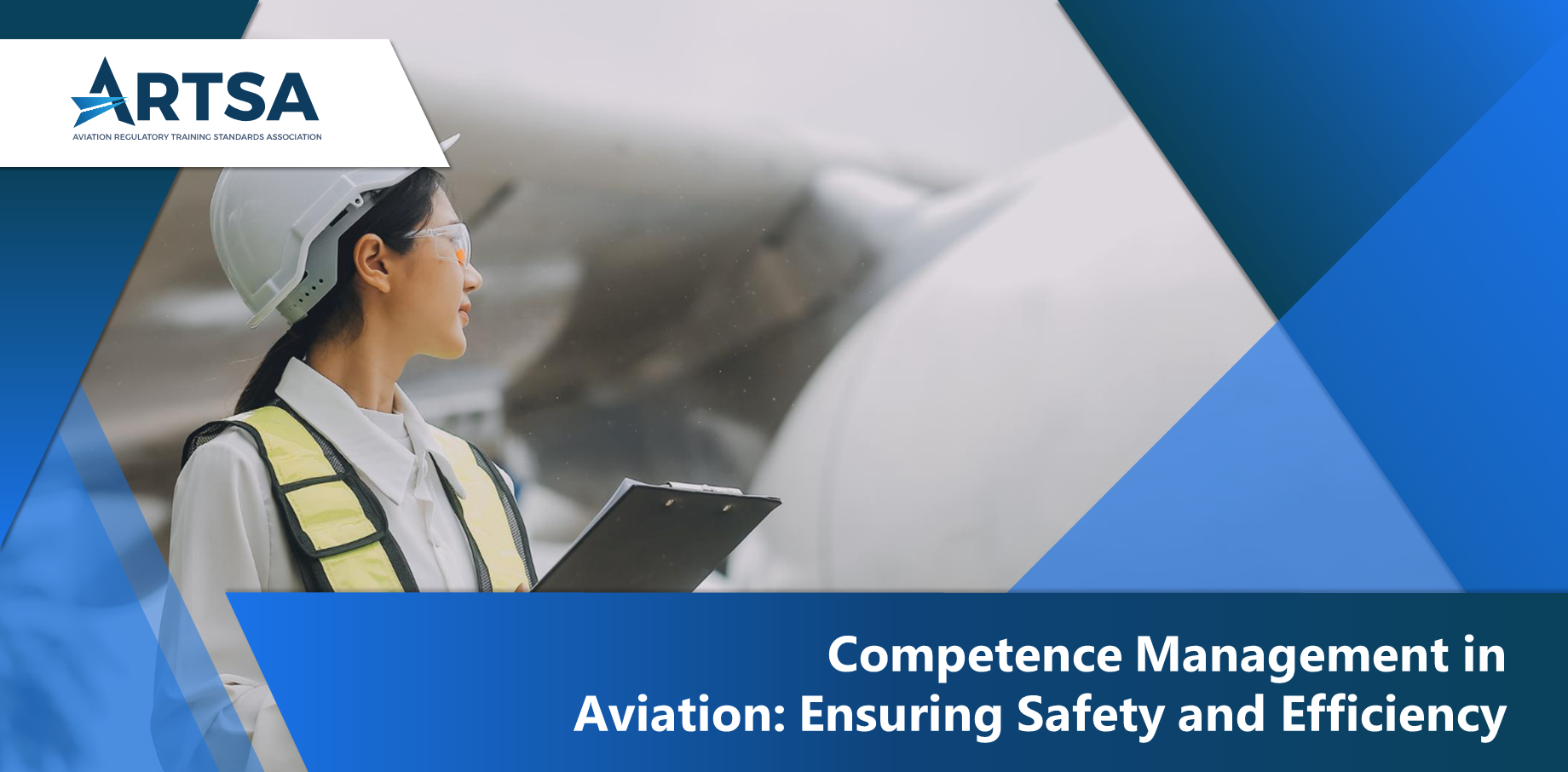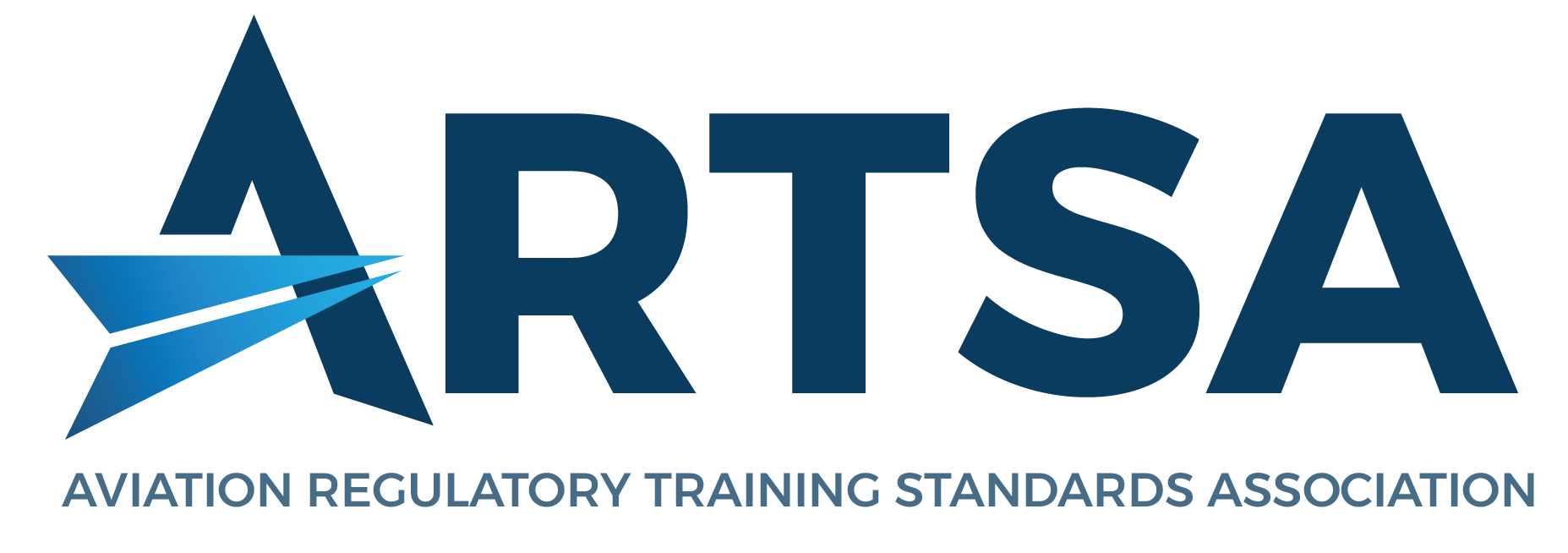
The Aviation Regulatory Training Standards Association (ARTSA) is a non-profit organization promoting global consistency and excellence in aviation regulatory training.
- ARTSA brings together training organizations that comply with EASA and other international standards, aiming to enhance safety, competence, and innovation across the aviation industry.
- The association also advocates for its members in regulatory matters and provides a platform for continuous improvement in aviation training standards.
- At ARTSA, we understand that competence management is the backbone of aviation safety and operational excellence.
- Effective competence management involves a strategic approach to developing, assessing, and maintaining the skills, knowledge, and behaviours required for every role in the aviation industry, from maintenance to ground handling.
The Need to Manage Competence Throughout the Aviation System:
A robust framework supports training, certification, and performance monitoring, ensuring compliance with EASA, ICAO, and other regulatory standards. Organizations can mitigate risks, ensure compliance, and promote long-term success by investing in competence management.
By integrating competence management across business processes, aviation organizations ensure safety and compliance and drive operational improvements and cost savings, fostering a culture of excellence that supports long-term success.
- Competence management ensures personnel are fully qualified, directly reducing human error, one of aviation’s most significant risk factors.
- Adhering to EASA regulations requires structured competence management.
- Competent employees streamline processes.
- Addressing skill gaps early reduces costly mistakes or rework, such as unnecessary maintenance delays or errors that could lead to AOG (Aircraft on Ground) situations.
- A robust competence framework supports career progression and satisfaction.
- By nurturing a talent pipeline, companies reduce the risk of skill shortages.
- Continuous competence development allows companies to adapt to new technologies and regulations.
The Downside of Not Managing Workforce Competence in Aviation
Failing to manage workforce competence in aviation can have consequences.
- One of aviation’s most significant risk factors is human error, which rises significantly when personnel are not adequately trained or assessed.
- Unqualified staff can slow down processes, increasing the risk of maintenance delays and operational inefficiencies.
- Skill gaps lead to more mistakes, often requiring costly rework or emergency fixes, inflating operational costs.
- Organizations may struggle with staff retention and career progression without focusing on continuous competence development.
ARTSA advocates for a robust competence management strategy to avoid these pitfalls, ensuring aviation organizations meet regulatory standards and thrive operationally and financially. Companies ensure long-term resilience and safety by investing in employees’ continuous development and evaluation.
Next Steps
Please visit – https://artsa.aero/become-a-member/. We look forward to welcoming you to ARTSA. For comments or questions, please email office@artsa.aero
